Home>Gardening & Outdoor>Landscaping Ideas>How To Cover A Raised Garden Bed


Landscaping Ideas
How To Cover A Raised Garden Bed
Modified: August 30, 2024
Discover creative landscaping ideas with our step-by-step guide on how to cover a raised garden bed. Enhance your outdoor space today!
(Many of the links in this article redirect to a specific reviewed product. Your purchase of these products through affiliate links helps to generate commission for Storables.com, at no extra cost. Learn more)
Introduction
Covering a raised garden bed is a crucial aspect of gardening that can significantly impact the health and productivity of your plants. Whether you're aiming to protect your garden from harsh weather conditions, pests, or weeds, choosing the right covering and applying it correctly is essential for the well-being of your plants.
By implementing an effective covering, you can create a microclimate that promotes optimal growing conditions for your plants. This can lead to improved soil moisture retention, temperature regulation, and protection from external elements, ultimately fostering a thriving garden environment.
In this comprehensive guide, we will walk through the step-by-step process of covering a raised garden bed, from gathering the necessary materials to maintaining the covering for long-term success. Whether you're a seasoned gardener or just starting out, mastering the art of covering your raised garden bed will undoubtedly elevate your gardening experience and yield bountiful harvests.
Now, let's delve into the essential steps and considerations for covering your raised garden bed to ensure the health and vitality of your plants.
Key Takeaways:
- Protect your raised garden bed by choosing the right covering material, securing it with garden staples, and maintaining it regularly. This creates an optimal environment for healthy plant growth and bountiful harvests.
- By measuring your garden bed accurately and selecting the appropriate covering material, you can create a microclimate that shields your plants from external threats and fosters a thriving garden environment.
Read more: What Is A Raised Garden Bed
Step 1: Gather Materials
Gathering the necessary materials is the foundational step in covering a raised garden bed effectively. By ensuring that you have all the essential items at hand, you can streamline the covering process and set the stage for a successful gardening endeavor. Here's a detailed look at the materials you'll need:
1. Garden Covering Material
Selecting the appropriate covering material is crucial for protecting your raised garden bed. Options include landscape fabric, plastic sheeting, or row covers. Each material offers distinct benefits, such as weed suppression, moisture retention, and insulation. Choose a material that aligns with your specific gardening goals and the needs of your plants.
2. Garden Staples or Pins
To secure the covering material in place, you'll need garden staples or pins. These will prevent the covering from shifting or being displaced by wind or other external factors. Opt for durable, rust-resistant staples or pins to ensure long-lasting stability.
3. Measuring Tape
Accurate measurements are essential for customizing the covering to fit your raised garden bed precisely. A reliable measuring tape will enable you to determine the dimensions of the bed, ensuring that the covering provides comprehensive protection without leaving any areas exposed.
Read more: How To Seal A Raised Garden Bed
4. Scissors or Utility Knife
Having a pair of sharp scissors or a utility knife on hand is essential for cutting the covering material to the required size. This ensures a neat and tailored fit, allowing the covering to snugly envelop the garden bed without excess material.
5. Optional: Support Structures
Depending on the chosen covering material, you may require support structures such as hoops or frames to elevate the covering above the plants. This is particularly relevant for row covers or protective netting, as it prevents the material from resting directly on the plants and facilitates adequate air circulation.
By gathering these materials, you'll be well-equipped to proceed with the subsequent steps of covering your raised garden bed. With careful preparation and the right tools at your disposal, you can embark on the covering process with confidence, setting the stage for a thriving garden environment.
Step 2: Measure the Garden Bed
Accurately measuring the dimensions of your raised garden bed is a critical preparatory step before applying the covering material. By obtaining precise measurements, you can ensure that the covering fits snugly and provides comprehensive protection for your plants. Here's a detailed guide on how to measure your garden bed effectively:
1. Gather the Measuring Tools
Before commencing the measurement process, gather a reliable measuring tape or ruler. Ensure that the measuring tool is long enough to span the length and width of your garden bed, allowing for accurate measurements without the need for multiple adjustments.
Read more: Why A Raised Garden Bed
2. Measure the Length and Width
Begin by measuring the length of your raised garden bed from one end to the other, following the outer edges. Record the measurement accurately, preferably in both feet and inches for convenience. Next, measure the width of the garden bed in the same manner, capturing the complete span from side to side.
3. Account for Depth
In addition to the length and width, consider the depth of your garden bed. Measure the height from the base to the top edge, as this will factor into the amount of covering material required to envelop the entire structure. By accounting for the depth, you can ensure that the covering adequately shields the soil and plants from external elements.
4. Double-Check the Measurements
After obtaining the initial measurements, it's advisable to double-check each dimension to confirm accuracy. Small discrepancies in measurement can lead to ill-fitting coverings, potentially leaving portions of the garden bed exposed. By verifying the measurements, you can mitigate the risk of inaccuracies and proceed with confidence.
5. Consider Overhang
When selecting the covering material, consider whether you prefer the material to overhang the edges of the garden bed or fit precisely to the dimensions. If overhang is desired, factor in the additional length and width required to achieve the desired coverage, ensuring that the material extends beyond the edges for optimal protection.
By meticulously measuring your garden bed and accounting for all dimensions, you can proceed to the next step of selecting the appropriate covering material with confidence. This meticulous approach sets the stage for a tailored and effective covering application, laying the groundwork for a thriving and well-protected garden environment.
Read more: How To Design A Raised Garden Bed
Step 3: Choose the Covering Material
Selecting the most suitable covering material is a pivotal decision that directly influences the protection and well-being of your raised garden bed. The chosen material should align with your specific gardening objectives, considering factors such as climate, plant varieties, and desired levels of insulation and moisture retention. Here's an in-depth exploration of various covering materials and their respective benefits:
1. Landscape Fabric
Landscape fabric, also known as weed barrier fabric, is a popular choice for covering raised garden beds. This permeable material effectively suppresses weed growth while allowing air and water to permeate the soil. By preventing weed competition, landscape fabric promotes the unhindered growth of your plants, reducing the need for frequent maintenance and weeding.
2. Plastic Sheeting
Plastic sheeting offers exceptional protection against moisture loss and weed intrusion. It creates a barrier that shields the soil and plant roots from excessive evaporation, particularly beneficial in arid or windy environments. Additionally, clear plastic sheeting can act as a mini greenhouse, trapping heat and promoting early seed germination and plant growth.
3. Row Covers
Row covers, typically made of lightweight fabric, provide insulation and protection from frost, pests, and intense sunlight. These covers are ideal for extending the growing season, safeguarding delicate plants from temperature fluctuations, and creating a favorable microclimate. Row covers come in various thicknesses, offering options for tailored protection based on specific plant requirements.
Read more: How To Drain A Raised Garden Bed
4. Protective Netting
Protective netting serves as a physical barrier against birds, insects, and larger pests, safeguarding your plants from potential damage. It allows for ample airflow and sunlight penetration while effectively deterring unwanted intruders. Additionally, protective netting is an excellent choice for preserving delicate fruits and vegetables from being consumed by wildlife.
5. Considerations for Selection
When choosing the covering material, consider the unique needs of your garden bed. Assess factors such as the prevailing climate, prevalent pests, and the specific vulnerabilities of your plants. Additionally, evaluate the durability and longevity of the material, aiming for a covering that offers long-term protection without frequent replacements.
By carefully evaluating these covering options and their respective benefits, you can make an informed decision that aligns with your gardening goals and the well-being of your plants. The chosen material will serve as a vital shield, fostering an optimal growing environment and fortifying your raised garden bed against external threats.
Step 4: Secure the Covering
Securing the covering is a pivotal step in ensuring that your raised garden bed receives comprehensive protection and maintains a conducive environment for plant growth. By effectively anchoring the covering material, you can safeguard your plants from adverse weather conditions, pests, and other potential threats. Here's a detailed guide on how to securely fasten the covering to your raised garden bed:
1. Utilize Garden Staples or Pins
Garden staples or pins serve as reliable anchors for securing the covering material in place. Begin by positioning the covering over the garden bed, ensuring that it drapes evenly and covers the entire surface. Then, at regular intervals along the edges of the bed, insert garden staples or pins into the soil through the covering. This will prevent the material from shifting or being dislodged by wind or external disturbances, maintaining a consistent protective barrier.
Read more: How To Layer Raised Garden Bed
2. Ensure Tautness and Stability
As you secure the covering, pay attention to the tautness and stability of the material. Smooth out any wrinkles or folds in the covering to achieve a snug and uniform fit. The goal is to eliminate slack or loose areas that may compromise the effectiveness of the covering. By maintaining tautness and stability, you can optimize the protective capabilities of the material, creating an enclosed and secure environment for your plants.
3. Customization for Support Structures
If you've opted for a covering material that requires support structures, such as hoops or frames, ensure that these elements are securely positioned within the garden bed. The covering should be draped over the support structures, allowing for adequate elevation above the plants. Fasten the covering to the support structures using clips or ties, ensuring that it remains in place and provides unobstructed coverage without impeding plant growth.
4. Trim Excess Material
After securing the covering, trim any excess material that extends beyond the edges of the garden bed. Use scissors or a utility knife to neatly trim the surplus material, creating a clean and tailored appearance. This step not only enhances the visual appeal of the covered garden bed but also eliminates potential tripping hazards and prevents the accumulation of debris along the edges.
By meticulously following these steps to secure the covering, you can fortify your raised garden bed with a reliable shield that promotes optimal growing conditions and shields your plants from external threats. The secure and tailored application of the covering sets the stage for a thriving garden environment, ensuring that your plants receive the protection they need to flourish.
Step 5: Maintain the Covering
Maintaining the covering of your raised garden bed is essential for preserving its effectiveness and ensuring ongoing protection for your plants. Regular upkeep and monitoring of the covering material contribute to the longevity of its protective capabilities, safeguarding your garden bed against potential threats and promoting a conducive environment for plant growth. Here's a comprehensive guide on how to maintain the covering of your raised garden bed:
Read more: How To Start A Raised Bed Garden
1. Inspect for Damage and Wear
Regularly inspect the covering material for any signs of damage, wear, or deterioration. Check for tears, punctures, or fraying along the edges, as these can compromise the integrity of the covering and diminish its protective functions. Additionally, assess the condition of any support structures or fastening mechanisms to ensure they remain secure and functional.
2. Address Accumulated Debris
Clear any accumulated debris, such as fallen leaves, twigs, or organic matter, from the surface of the covering. Debris accumulation can impede the permeability of the material and create potential breeding grounds for pests or pathogens. Gently sweep or shake off the debris to maintain the cleanliness and effectiveness of the covering.
3. Adjust for Seasonal Changes
Adapt the covering to accommodate seasonal variations and changing weather conditions. During periods of intense sunlight or heat, consider providing additional shade or ventilation to prevent overheating. Conversely, in colder seasons, ensure that the covering offers adequate insulation and protection from frost, adjusting its configuration as needed to optimize plant comfort.
4. Monitor Moisture Levels
Regularly assess the moisture levels within the covered garden bed to prevent excessive dryness or waterlogging. Lift a corner of the covering to check the soil moisture and adjust the covering's ventilation or permeability to maintain optimal moisture levels. Balancing moisture retention and aeration is crucial for sustaining healthy plant growth within the covered environment.
Read more: What To Line A Raised Garden Bed With
5. Reinforce Fastenings and Support Structures
Periodically reinforce the fastenings and support structures to uphold the stability and integrity of the covering. Ensure that garden staples, pins, or ties remain firmly anchored, and inspect the condition of any support frames or hoops. By maintaining secure fastenings and support structures, you can prevent displacement and ensure consistent coverage over the garden bed.
6. Replace Worn or Damaged Material
If the covering material shows significant signs of wear, tear, or degradation, consider replacing it promptly to maintain optimal protection for your garden bed. Investing in high-quality, durable covering material ensures long-term resilience and minimizes the need for frequent replacements, contributing to the sustained well-being of your plants.
By diligently maintaining the covering of your raised garden bed, you can uphold a nurturing and protective environment that fosters robust plant growth and resilience. Regular attention to the condition and configuration of the covering ensures that your garden bed remains shielded from external elements, promoting a flourishing and thriving gardening experience.
Conclusion
In conclusion, mastering the art of covering a raised garden bed is a fundamental aspect of nurturing a thriving and resilient garden environment. By following the comprehensive steps outlined in this guide, you can effectively shield your plants from adverse weather conditions, pests, and weed competition, ultimately fostering optimal growing conditions and bountiful harvests.
The process begins with gathering the essential materials, including the appropriate covering material, garden staples or pins, a measuring tape, and optional support structures. Accurate measurements of the garden bed dimensions lay the groundwork for a tailored and effective covering application. The selection of the covering material is a pivotal decision, with options ranging from landscape fabric and plastic sheeting to row covers and protective netting, each offering unique benefits tailored to specific gardening needs.
Securing the covering with precision and attention to detail ensures a uniform and stable shield that safeguards the garden bed. Regular maintenance and monitoring of the covering material, including addressing wear and tear, debris accumulation, and seasonal adjustments, contribute to the sustained protection and well-being of your plants.
By upholding the integrity of the covering and adapting it to seasonal variations, you can create a microclimate that promotes optimal plant growth and resilience. The careful balance of moisture retention, ventilation, and insulation within the covered environment sets the stage for a flourishing garden bed that thrives in the face of external challenges.
In essence, covering a raised garden bed transcends the physical act of shielding the plants; it embodies a commitment to nurturing and preserving a harmonious ecosystem where plants can thrive. The diligence and care invested in the covering process yield rewards in the form of vibrant, healthy plants and a gratifying gardening experience.
As you embark on your journey of covering your raised garden bed, remember that each step contributes to the well-being of your plants and the overall success of your garden. With the knowledge and insights gained from this guide, you are well-equipped to elevate your gardening endeavors and cultivate a garden bed that flourishes under the protective embrace of a thoughtfully applied covering.
Frequently Asked Questions about How To Cover A Raised Garden Bed
Was this page helpful?
At Storables.com, we guarantee accurate and reliable information. Our content, validated by Expert Board Contributors, is crafted following stringent Editorial Policies. We're committed to providing you with well-researched, expert-backed insights for all your informational needs.
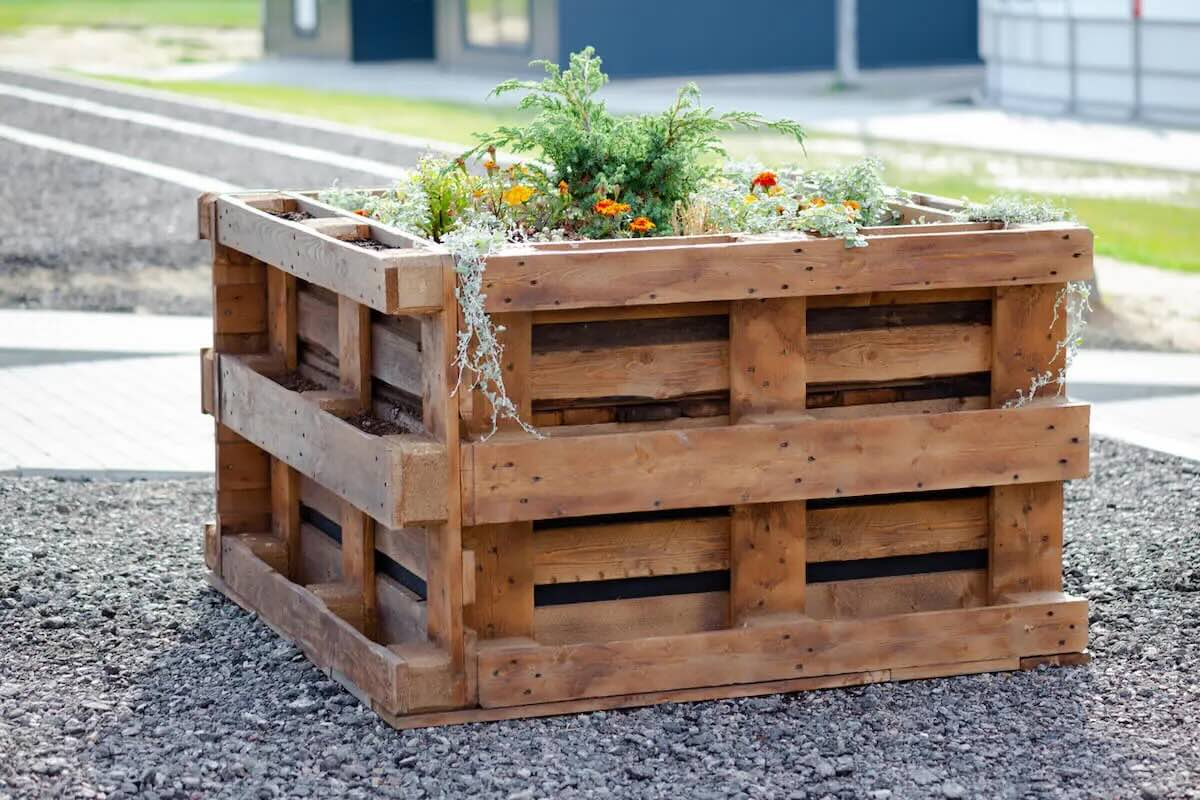
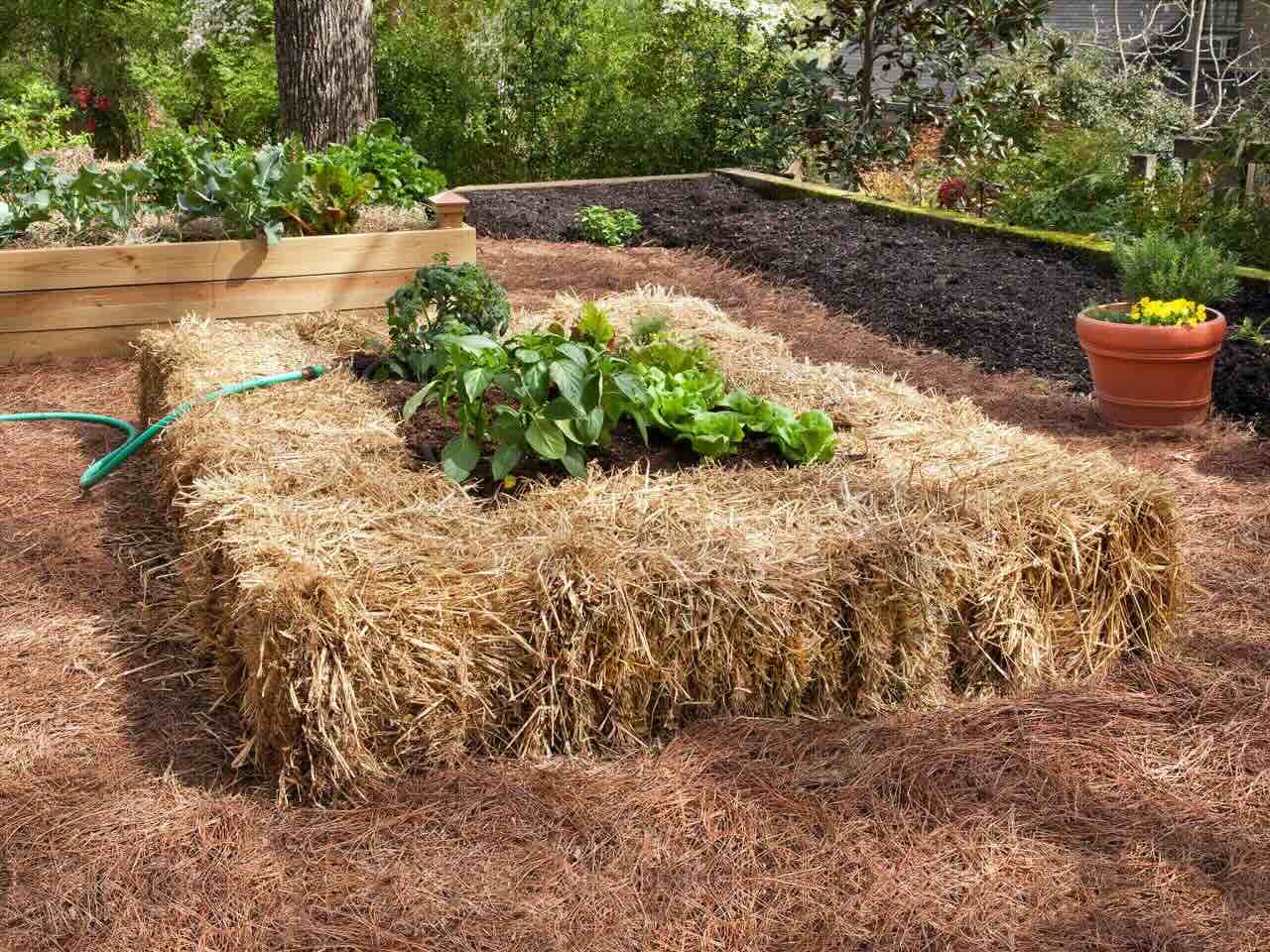
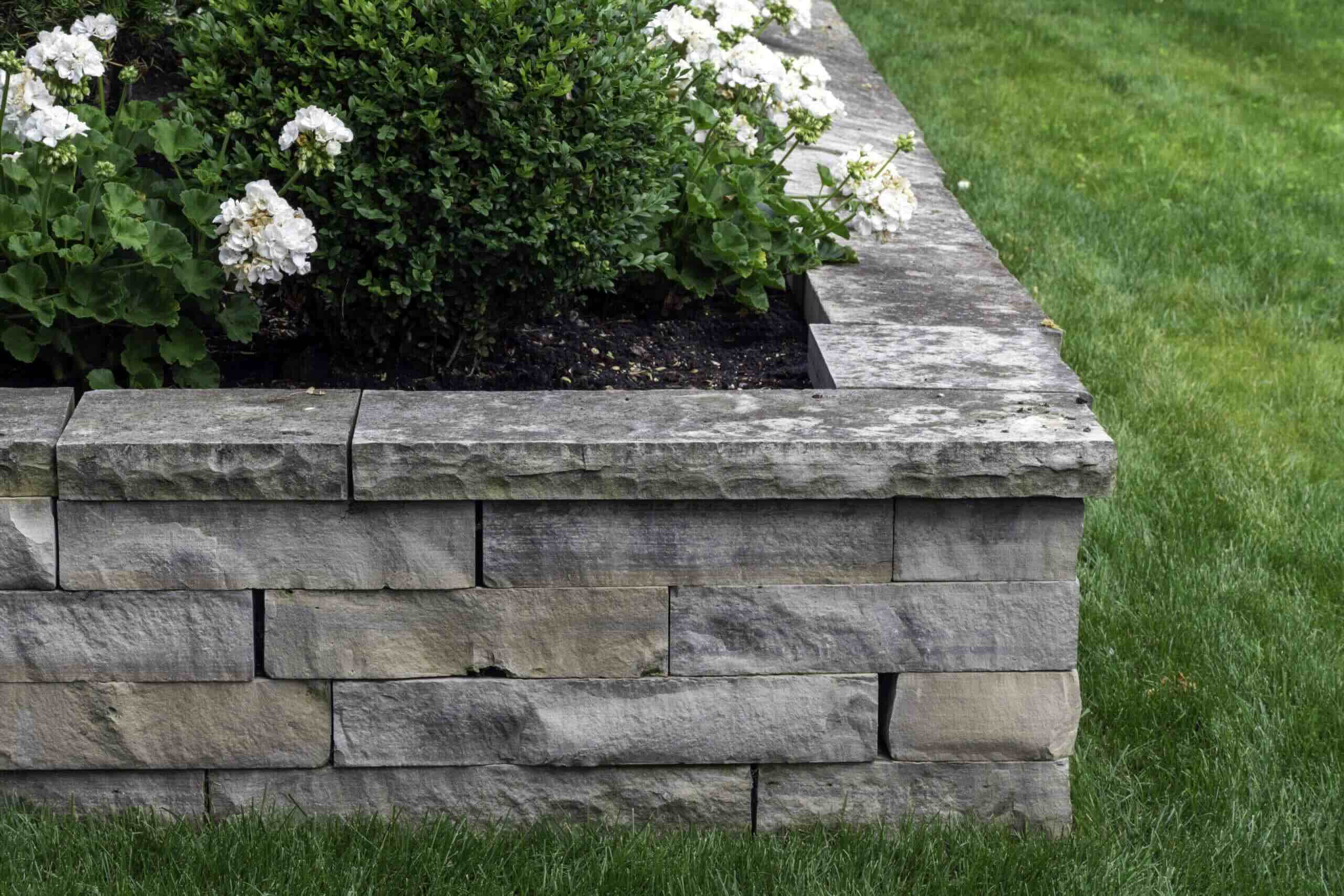
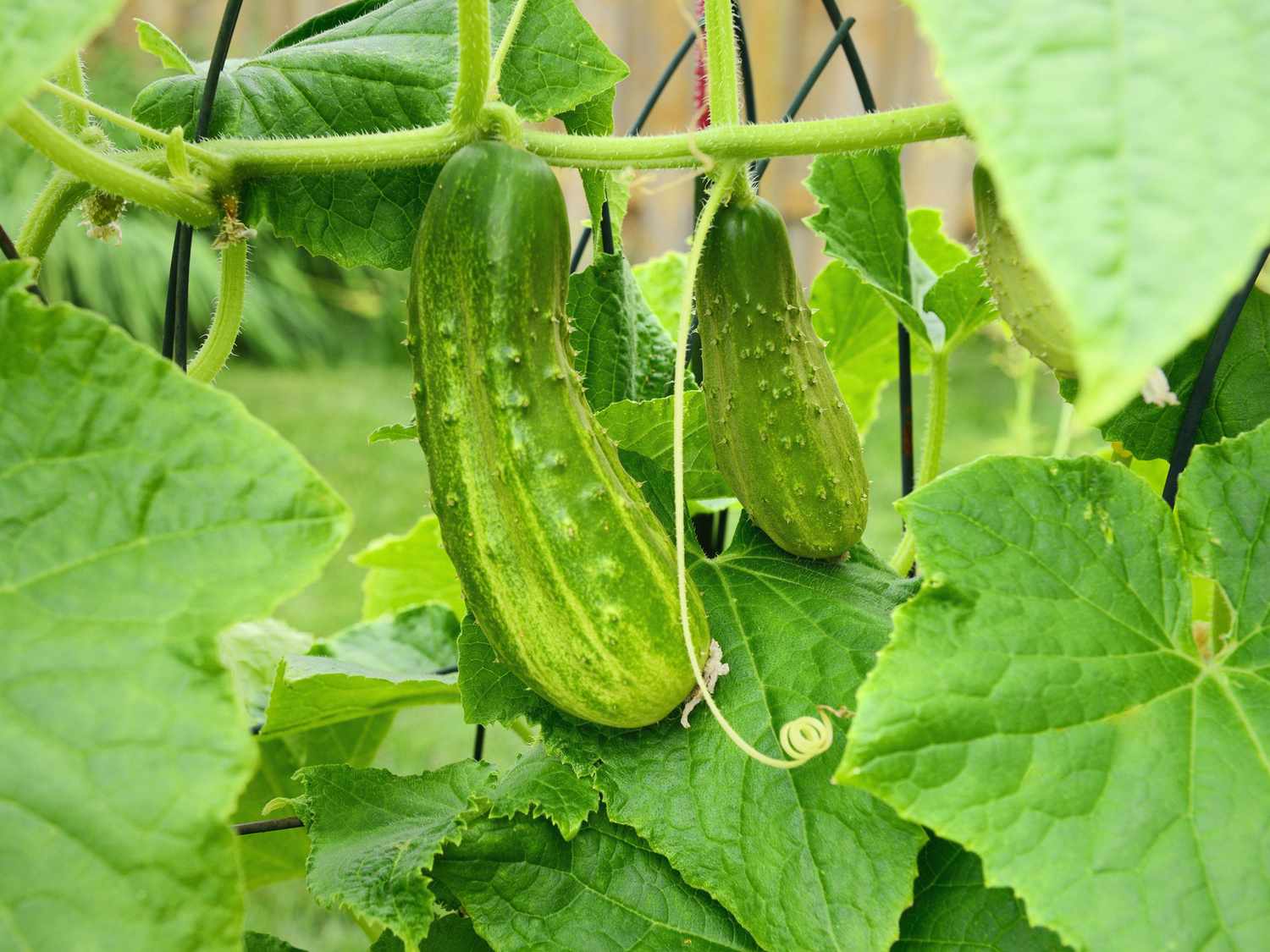
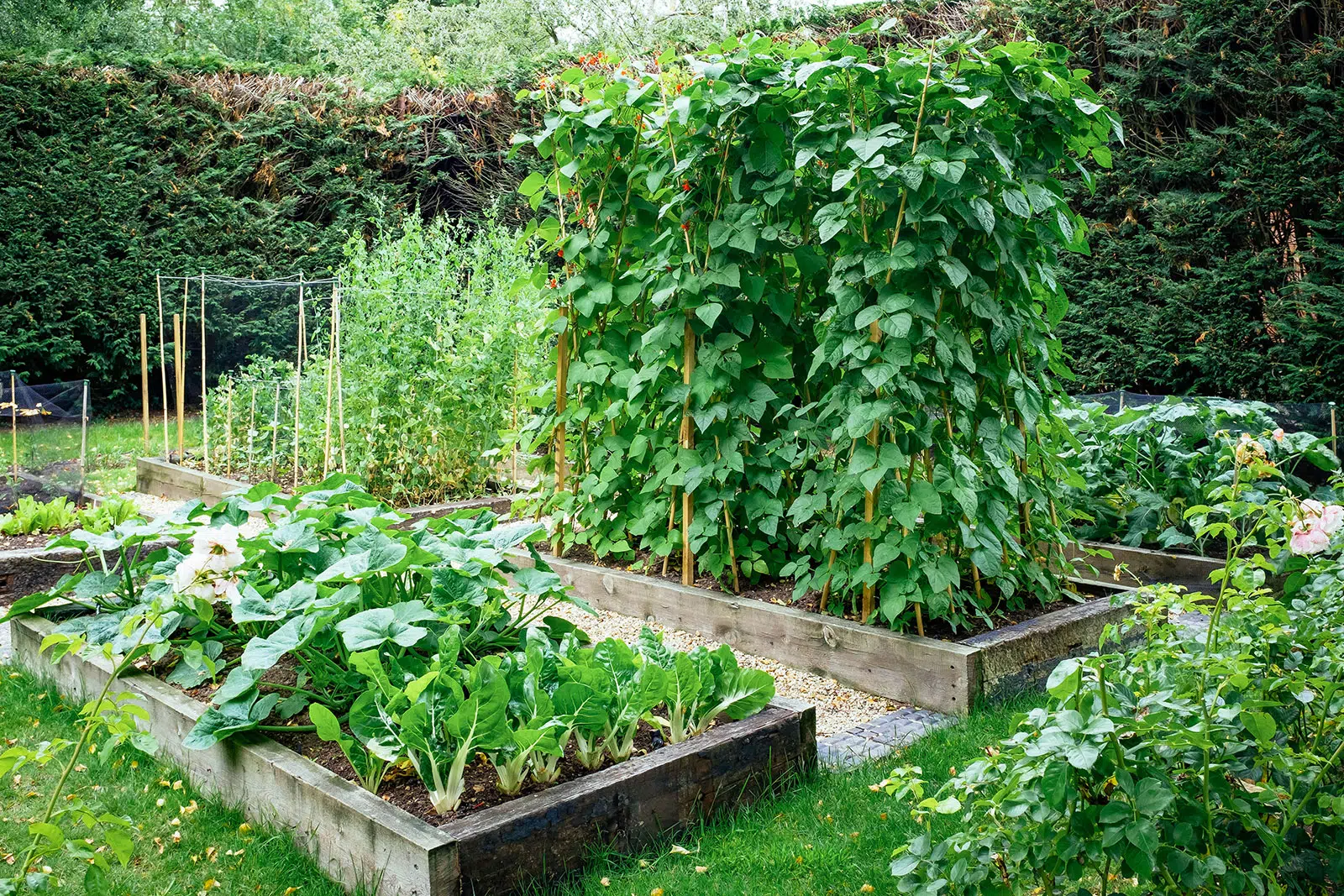
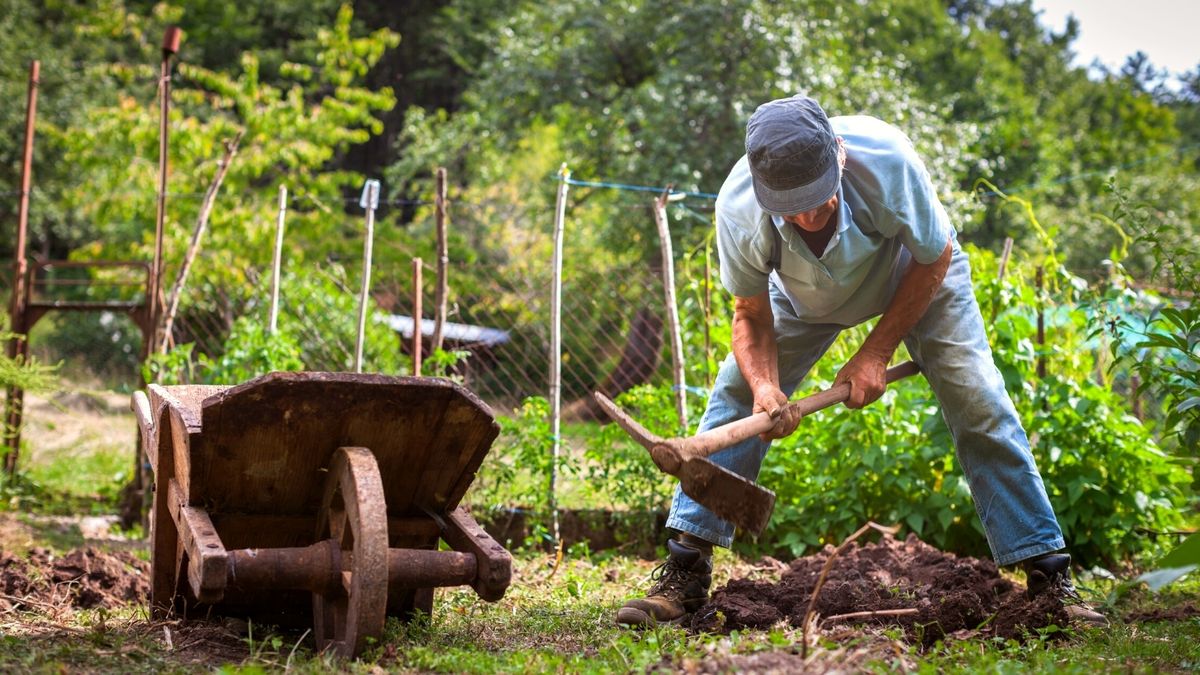
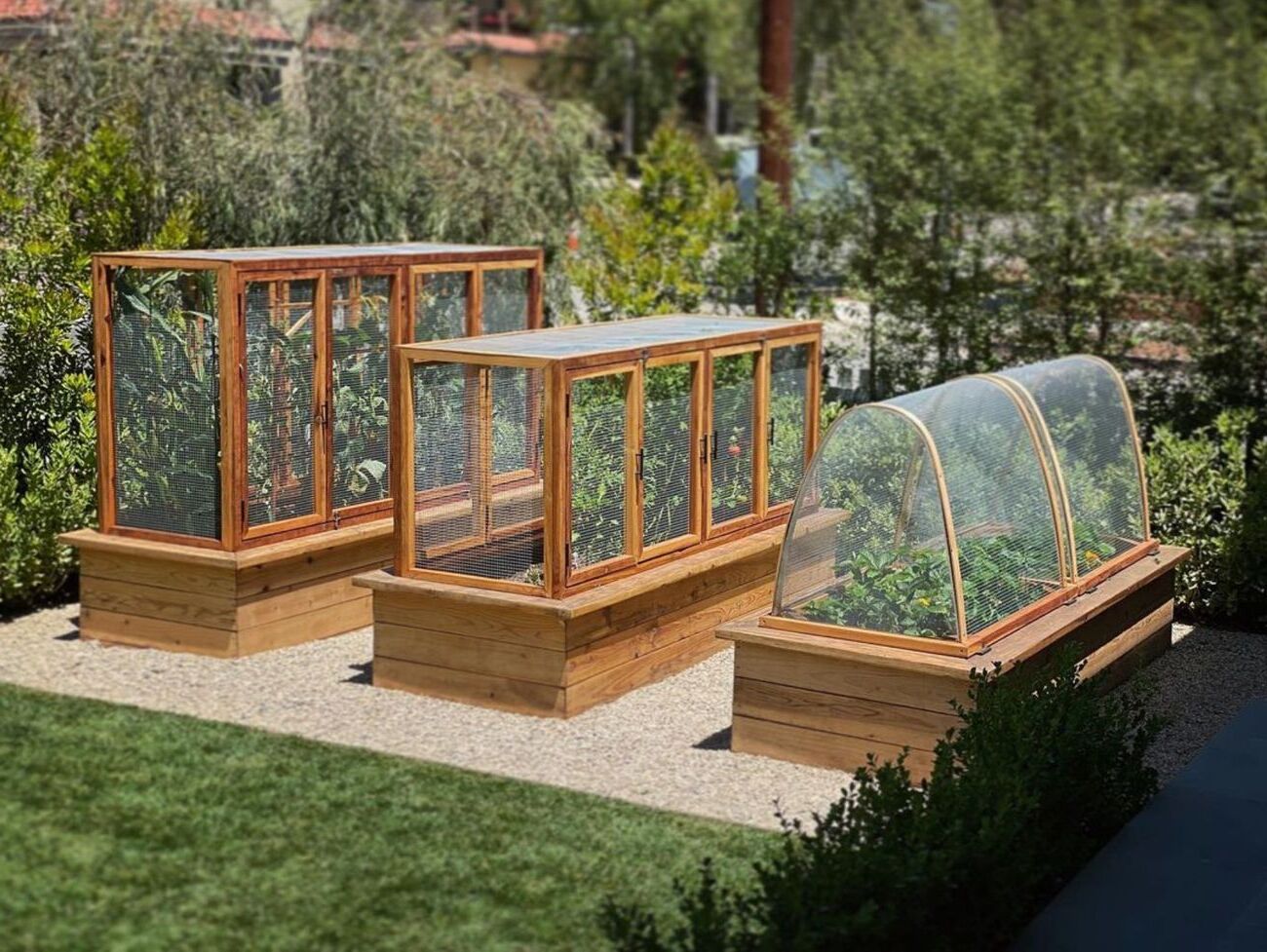
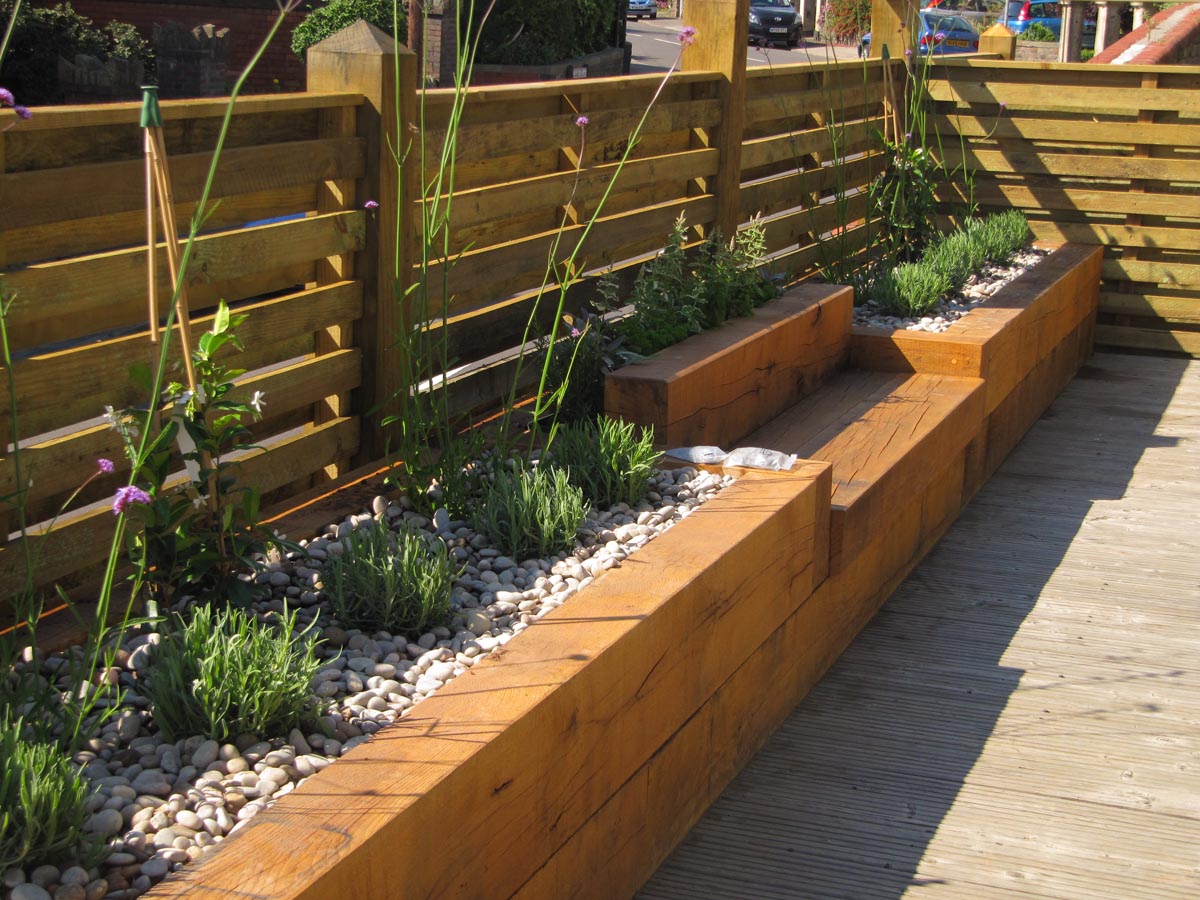

0 thoughts on “How To Cover A Raised Garden Bed”